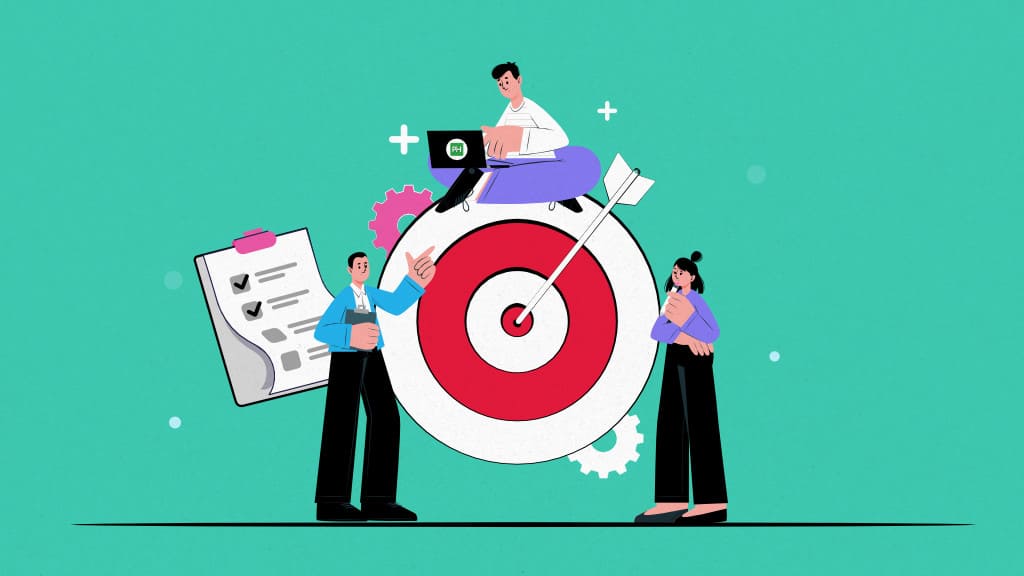In the last several years, there has been a war of words around the term ‘team’ and ‘teamwork’. Surprisingly, every debate and discussion has always ended up highlighting the many amazing things that can be accomplished in an organization with the support of a great team and effective teamwork – #PowerOfWe.
But we are in the business world and everything isn’t all butterflies and unicorns, you know. When we say teamwork, everything is good until your team expands.
“There is strength in numbers” – Agreed. But sometimes, the only result you will get from a greater number is greater chaos. In project management, it is often considered that the bigger the team the better the job is done. However, we invite you to dig a little deeper and ask yourself: Is bigger really better when it comes to teamwork?
In this particular post, we will tell you what makes the size of team important criteria for successful team performance, why big is not always better when it comes to teamwork, why smaller teams really produce more productive results, and most importantly, what is the optimal size for a team. Further, we will share with you an idea that can make teamwork work in a team – whether big or small.
Do you need help to make your team work together more effectively? Try ProofHub!
Let’s get started.
Big team or a small team – why does it matter?

Have you read Starbucks Corporation’s case study on motivation and teamwork? Well, it pretty much sums up our point that the size of a team is an important factor. According to the study, Starbucks prefers to have small teams of staff in each branch – “… the numbers of employees are usually from three to six.”
The important question is: Does it matter? As reading the case of Starbucks Corporation (#1 coffee shop in the world) – When it comes to teams, size matters.
“Team size is determined by the company/organizational task types, goals, and processes. The size of a team is clearly an important factor because a large team is hard to manage and sometimes it could be biased to some individuals than others. Also, it is difficult to know well and deeply every member of a large team. Whereas, smaller teams experience better work-life quality and work outcomes. The smaller team also may experience less conflict, stronger communication, and more cohesion”
Why small teams usually beat larger groups?

Small teams and large teams are different in nature. They behave in vastly different ways. Now, there is no set number that every organization agrees is the best, but it is certainly something that every organization should take into account.
In a paper published by Nature, University of Chicago researchers analyzed more than 65 million papers, patents and software projects and found that smaller teams bring much more innovative ideas to the table while larger teams more often consolidate the existing knowledge.
Lingfei Wu, Postdoctoral researcher and co-author of the study says: “Small teams remember forgotten ideas, ask questions and create new directions, whereas large teams chase hotspots and forget less popular ideas, answer questions and stabilize established paradigms.”
Now, smaller teams tend to get better results for a number of reasons. Having a bigger team means having an overly complicated system while a smaller team comes with the following set of workplace benefits.
- It narrows the gap of bureaucracy
- It strengthens communication among the staff
- It encourages better and quality work
- It creates a bridge between organization-level strategy and staffing decisions
- It eliminates the distance between different statuses
- It helps to treat employee’s equal importance
What is the ideal size for a team?

While team size isn’t the only factor that affects how a team will behave, it certainly is an undeniably important aspect of an organization that demands a logical answer.
But before we move any further, answer this – How much do you know about The Ringelmann effect?
Not much? No worries.
The Ringelmann effect is basically one of the earliest research ever done on team size and effective teamwork. The key highlight of this research (commonly referred to as social loafing) is the experimental process that analyzed people alone and in groups, as they pulled on a rope. During this experiment, Ringelmann deduced that for every member added to the team beyond 5-6 people, individual contributions to the team became smaller.
The research ultimately concluded that although larger groups of people might have higher rates of overall productivity than smaller teams, the individual members of the larger team have lower rates of productivity and creativity than those in the smaller team. Clearly, it’s the kind of scenario that a manager or company wishes for.
So how does one avoid The Ringelmann effect? How can you know the ideal size for your particular team? The question has many possible answers depending on the different goals and needs of a million companies out there. However, we can go for the widely accepted answer.
Katherine Klein from Wharton University says that the widely accepted optimal number to have on each team is five people. And According to Evan Wittenberg, director of the Wharton Graduate Leadership Program, while the research on optimal team size is “not conclusive, it does tend to fall into the five to 12 range, though some say five to nine is best, and the number six has come up a few times.”
Expert advice: Consider naming five or six individuals to each team in your organization. Make it your magic number.
Here’s your best chance at making a team work together – ProofHub
The size question has been asked since the dawn of social psychology. But guess what? Size is not necessarily the first consideration when putting together an effective team.
Sure, striking the right balance in a team is a major advantage for any organization. However, there is something that poses equal importance to your team’s success. We’re talking about empowering your existing team with the right kind of resources and tools. While the study of team size should be one of the key areas of concentration for managers, they should also watch out for the latest business productivity and collaboration tools when putting together an effective team.
ProofHub is an advanced web-based software solution designed to work for teams of all types and sizes. It works as a centralized platform for managers, teams, and clients to bring every aspect of a project (planning, collaboration, execution, management, monitoring, and/or delivery) under one roof, thereby maintaining better control over processes and achieving higher levels of cohesiveness in the workplace.
The core idea behind this intuitive collaboration and project management software is to solve every problem a growing team faces. With ProofHub, working together becomes a lot easier, smarter, and faster.
6 Ways ProofHub Will Make Teamwork Work For Your Team
Here’s how it helps.
It centralizes planning and scheduling
- ProofHub project calendar simplifies the way teams manage important events, milestones, tasks, meetings, and reminders, allowing them to always stay a step ahead in planning and scheduling.
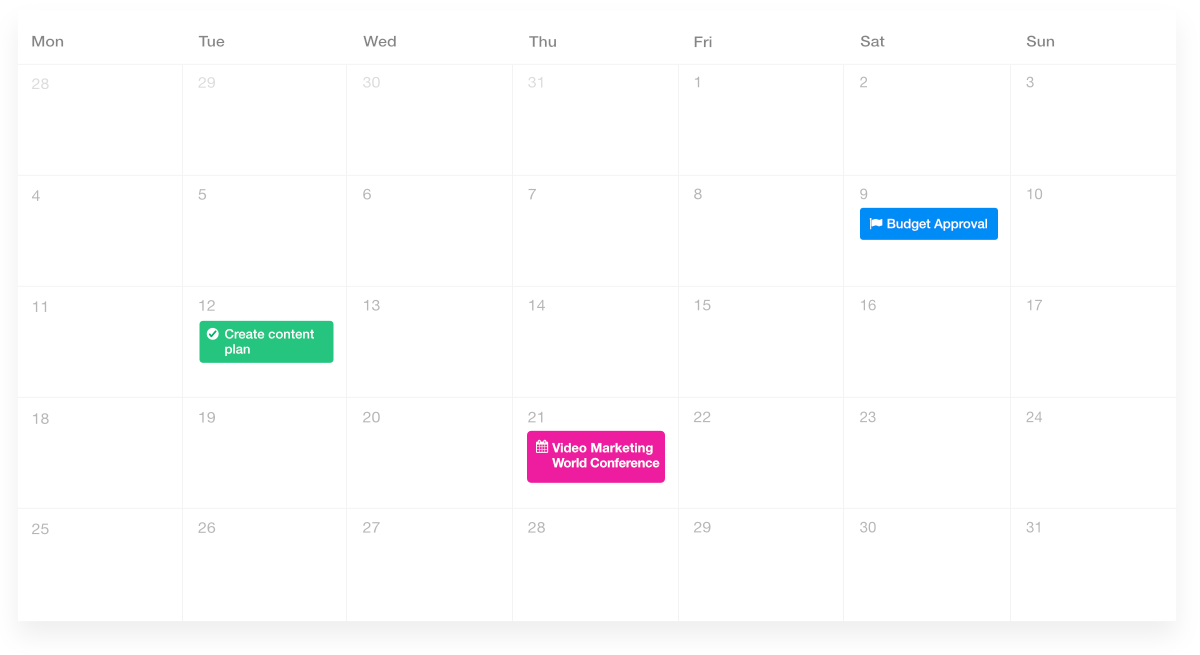
- Gantt chart tool in ProofHub provides teams with a visual timeline for tasks and milestones, allowing them to better plan their projects and manage them efficiently. One of the advantages Gantt chart tool offers is that it lets you set dependencies between tasks. So, it lets you adjust plans as work changes and deadlines shift.
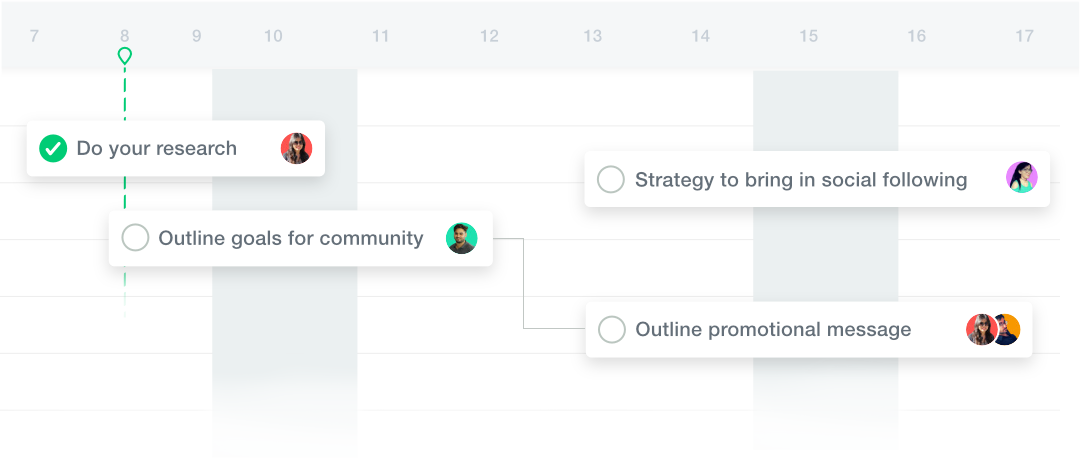
It eliminates confusion from team communication
- ProofHub discussions allow teams to create discussion topics to share opinions and brainstorm ideas faster, better. It eliminates all the fuzziness that could happen with team communication and saves everyone from those lengthy, confusing email threads.
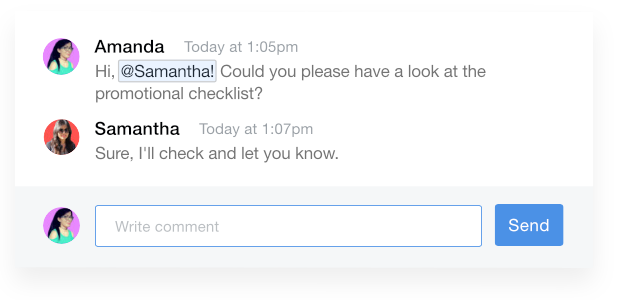
- ProofHub’s one-to-one/group chat unifies all team communication. It enables teams to ask quick questions, share updates about the project, and have fun office conversations without the need to draft emails or visit each other’s desk.

It keeps roles and responsibilities clear
- ProofHub custom roles feature is specifically designed to provide project managers with better control of their teams and projects. Managers can define different roles and access levels for individuals in a project based on their responsibilities, maintaining clarity within the team.
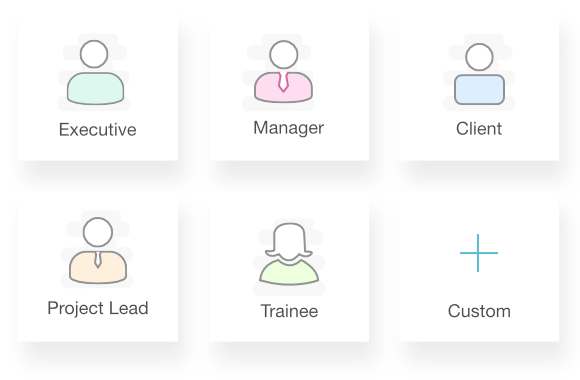
It helps to keep tasks on track
- Workflows and Kanban boards in ProofHub simplify task management and provide teams with better visibility across tasks in various stages. The boards lets managers define custom workflows for teams, thereby encouraging better transparency and flexibility into the work process. The teams can move tasks from one stage to another as they mark progress on them and they are empowered to self manage.
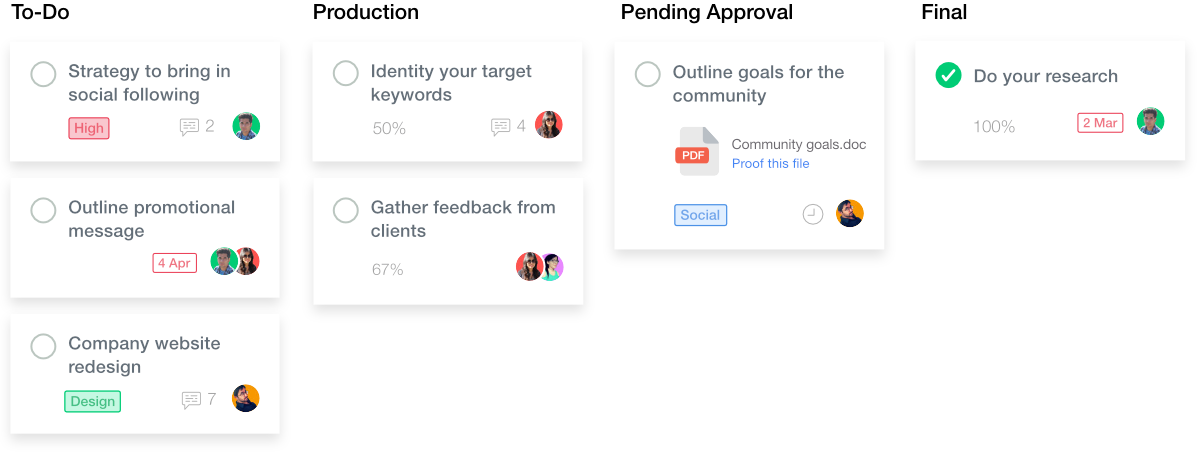
- ProofHub reporting software is designed to provide managers and teams (and clients) clear insight into how projects are running. It represents all the critical project information in a beautiful graphical format so that teams can spot out inefficiencies, track project/task progress and find ways to increase productivity by taking one look at the project report.
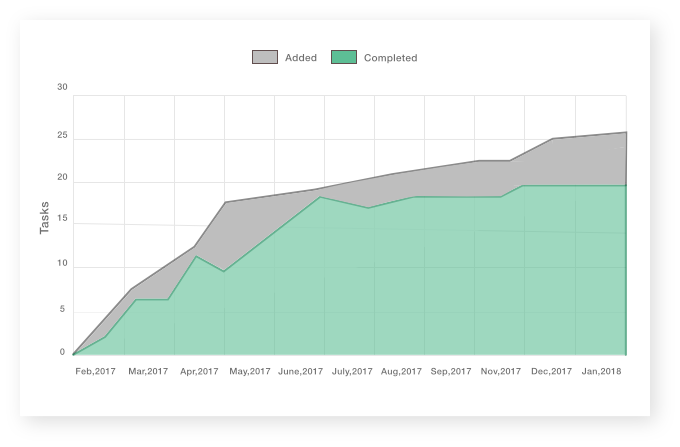
It puts an end to scattered and missing files
- ProofHub’s file management software keeps your project-related files and documents centralized and organized so that teams can quickly and easily collaborate over them as and when needed.
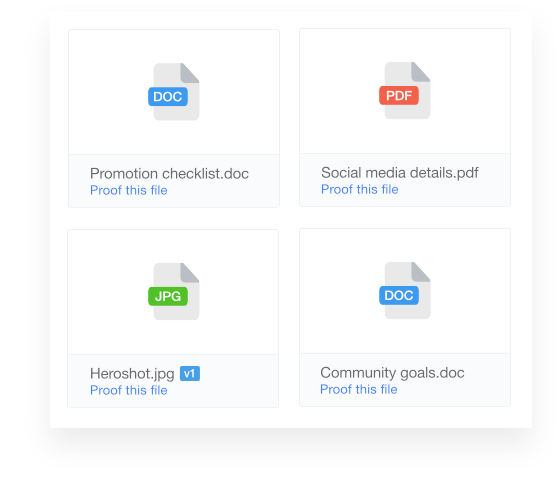
- ProofHub’s online proofing tool streamlines the review and approval of files. It enables managers, teams, clients and decision makers to share feedback on files with the help of markup tools and threaded comments and approve them in real-time.

It gives by-minute details of the time spent on tasks by teams
- With ProofHub’s online time tracking tool, teams can set time estimates, track time spent on tasks and maintain a record of every minute they spend working on tasks in timesheets that can be downloaded and exported as and when needed.
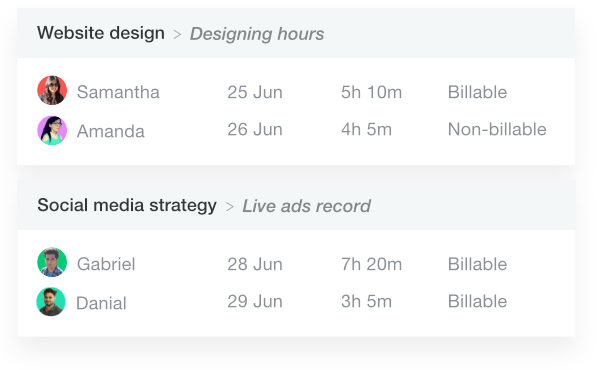
- In ProofHub, team members can track their time while they work on multiple tasks. They can start multiple timers without the need to pausing, deleting or saving the old one.
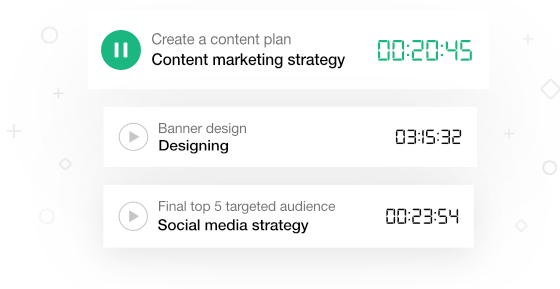
We strongly believe that bigger teams aren’t always a better choice for an organization. Small teams tend to beat large groups when it comes to producing more innovative, productive results – especially when they have the right kind of productivity and collaboration tool in place.
Do you agree?
